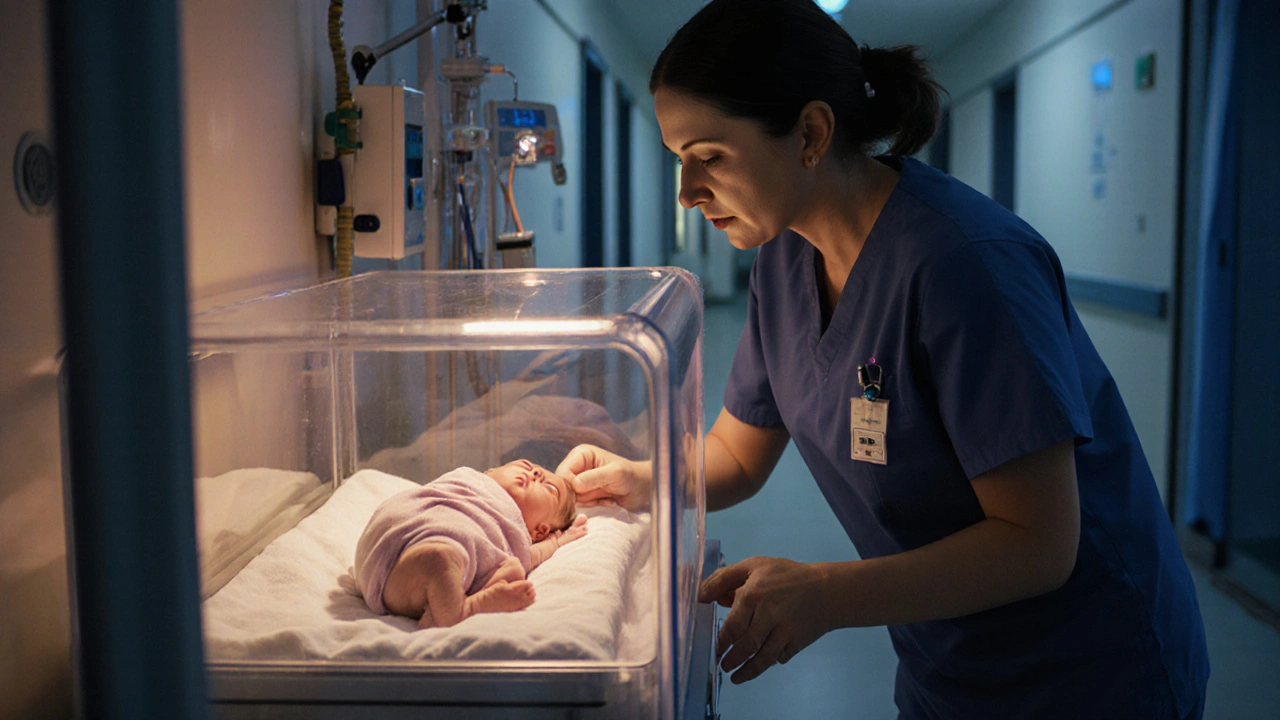Infant Seizure Treatment: What Parents Need to Know
If your baby has a seizure, your first reaction is probably panic. It’s normal to feel that way, but acting quickly and calmly can make a big difference. The good news is that most infant seizures have clear causes and effective treatments. Below you’ll find the steps to take during a seizure, what doctors usually prescribe, and simple home‑care tips you can start right away.
First Steps When a Seizure Happens
When you see your baby shaking, check the basics: make sure the airway is clear, lay the infant on their side, and remove anything that could cause injury. Do not try to hold the baby down or put anything in their mouth – this can cause more harm. Note how long the movement lasts and whether it’s a full‑body jerk or just a part of the body. These details help the doctor figure out the type of seizure.
Call emergency services if the seizure lasts longer than five minutes, if it’s the baby’s first seizure, or if you notice breathing problems, fever over 38°C (100.4°F), or the baby is unusually sleepy afterward. Even if the seizure stops quickly, you should still contact your pediatrician within the day for a follow‑up.
Medical Options and Home Care
Doctors usually start with a thorough evaluation: a physical exam, blood tests, and sometimes an EEG (brain wave test) to see what’s happening in the brain. If a specific cause like a fever, infection, or metabolic issue is found, treating that underlying problem often stops the seizures.
When medication is needed, pediatric neurologists often prescribe phenobarbital, levetiracetam, or topiramate. These drugs have been studied in infants and are considered safe when dosed correctly. Your doctor will adjust the dose based on the baby’s weight and how they respond. Keep a log of any side effects – drowsiness, irritability, or feeding changes – and share it at each visit.
In addition to meds, there are practical steps you can take at home. Keep a fever‑monitoring plan: use pediatric‑approved acetaminophen or ibuprofen when a fever spikes, as fever is a common trigger for seizures in infants. Make sure the baby gets regular sleep, stays hydrated, and avoids over‑stimulation (bright lights, loud noises) during recovery periods.
Support groups and online forums can be a valuable resource. Hearing other parents’ experiences helps you feel less alone and often provides tips on how to handle medication schedules or school‑age transitions later on.
Finally, remember that early detection and treatment dramatically improve outcomes. Most infants who receive appropriate therapy go on to develop normally. Keep all appointments, follow the medication plan, and don’t hesitate to ask questions – your doctor is there to guide you through every step.
Neonatal Seizures: How to Spot and Treat Infant Seizures Quickly
By Lindsey Smith On 27 Sep, 2025 Comments (8)

Learn how to recognize subtle and overt seizures in newborns, understand the role of EEG, and get clear guidance on first‑line treatments and emergency steps for neonatal seizures.
View More




